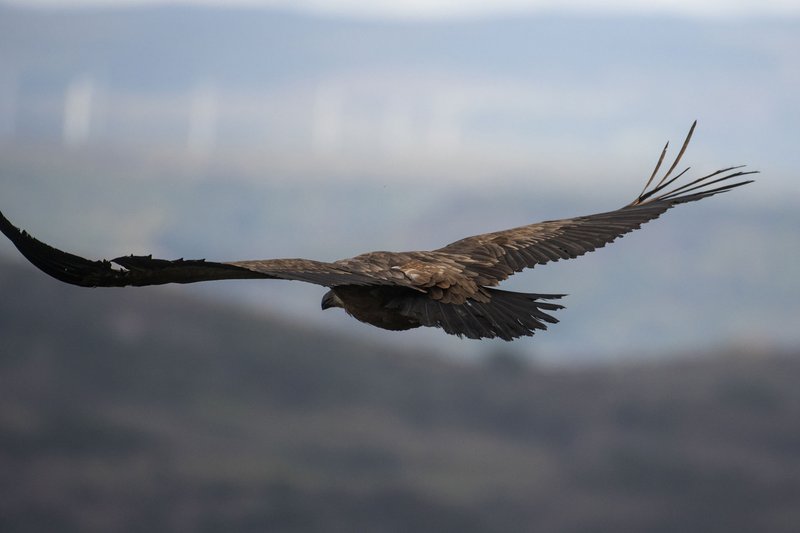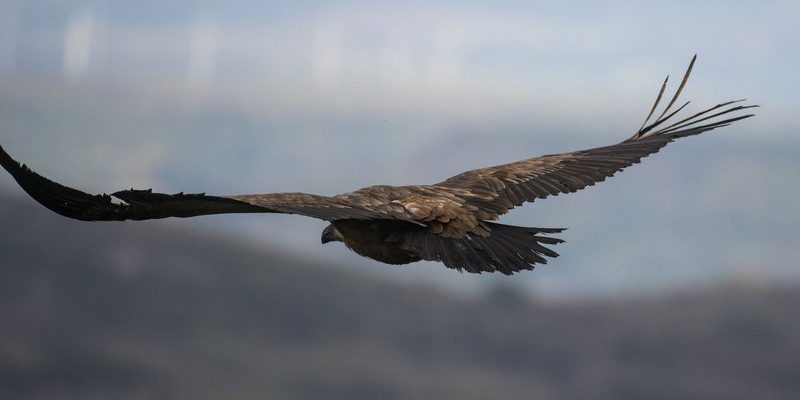
Imagine a couple of dedicated bird parents, working tirelessly to ensure their chicks grow up strong and independent. That’s exactly what Griffon vultures do. They’ve developed an intricate process that combines nurturing and learning about survival in a challenging environment. Join me as we dive into how these majestic creatures raise their young, highlighting the various stages and the care they provide.
The Nesting Process: Finding the Perfect Home
Before any chicks can come into the world, **Griffon vultures** need to find the right spot to build their nest. They are known to prefer steep cliffs and rocky outcrops, which offer safety from potential predators. Just think of it like picking the perfect apartment—location is key! These birds look for places that are hard to reach, ensuring their young remain out of harm’s way.
Once they have selected a suitable site, the parents get to work. They gather materials like twigs, grass, and feathers to create a cozy nest. The nest isn’t just a simple pile of sticks; it’s a carefully constructed home, designed to keep their eggs secure and warm. Here’s the thing: the effort and care they put into building the nest is just the beginning of their parenting journey.
The Egg-Laying Stage: A Symbol of Hope
After settling into their nest, the female Griffon vulture lays one or two eggs, typically during the spring. This period is crucial—it symbolizes their commitment to nurturing new life. You might be wondering how long it takes for these eggs to hatch. Well, the incubation period lasts about 50 to 60 days, during which both parents take turns keeping the eggs warm and protected.
During incubation, things can get tense. If the weather turns bad or predators come too close, the parents have to be on high alert. They rely on their instincts and teamwork to ensure their eggs remain safe. This cooperation not only strengthens their bond but also sets a solid example for their future chicks. Raising birds is no joke; it takes patience and a lot of love.
The Hatching: A New Chapter Begins
Finally, after weeks of waiting and nurturing, the moment arrives when the eggs start to crack. Watching a chick emerge from its shell is a miraculous event. These little ones, called **hatchlings**, are initially helpless and require constant care from their parents. It’s like watching a tiny superhero emerge, ready to take on the world, but needing guidance first.
Once the chicks are out, the parents work together to feed them regurgitated food, which is rich in nutrients. It’s a bit gross but also fascinating—nature has its way of ensuring their young get the best start possible. The chicks typically depend on their parents for food for several weeks, and during this time, the parents keep a watchful eye, protecting their vulnerable young from any potential threats.
Growth and Development: Learning to Fly
As the chicks grow, they transform from fluffy little balls into more confident young vultures. This is when the parenting really goes into full swing. The parents provide not just food but also lessons on survival. Honestly, it’s a crash course in being a vulture! They teach their young how to recognize food sources and the importance of scavenging safely.
You might find it surprising, but **Griffon vultures** are social creatures. They often practice flying and soaring together around the nest. This helps the young vultures develop their flight muscles while also learning how to navigate their environment. The parents keep encouraging them, giving them the tools they need to thrive on their own eventually.
Independence: The Final Step in Parenting
After several months, the time comes for the young Griffon vultures to spread their wings and leave the nest. This moment is bittersweet for the parents; they’ve invested so much time and effort into raising their chicks, almost like sending them off to college. The juveniles start to explore flight more frequently and eventually learn to hunt and scavenge independently.
The transition to independence isn’t always smooth. Young vultures may still rely on their parents for food and guidance as they learn the ropes of survival. Here’s the thing: they may even return to the nest occasionally for a while, seeking comfort and reassurance before they venture out completely on their own. This gradual process highlights the trust and relationship built over the months.
The Role of Griffon Vultures in the Ecosystem
While we’ve focused on how **Griffon vultures** raise their young, it’s important to remember their role in the ecosystem. Vultures, including Griffons, help keep nature clean by consuming carrion. Their scavenging habits prevent the spread of disease and contribute to a balanced ecosystem. When you think about it, they’re like nature’s cleanup crew!
Protecting these birds and understanding their breeding and survival patterns can help ensure they remain a vital part of the ecosystem. As they raise their young, they also play a key role in nurturing the next generation of this important species. In many ways, it’s a cycle of life that connects them to the health of the environment.
Conservation Efforts: Protecting the Future
Sadly, many Griffon vulture populations are declining due to various threats, including habitat loss and poisoning. Conservation efforts aim to protect these magnificent birds and their habitats. Organizations are working hard to raise awareness and create safe environments for nesting and feeding.
Community involvement is crucial. People can help by spreading knowledge about the importance of vultures and advocating for their protection. Every little effort counts in ensuring that these remarkable birds can continue to thrive in the wild and raise their young for generations to come.
In conclusion, the way **Griffon vultures raise their young** is a beautiful testament to the bond between parent and child. From finding the perfect nesting spot to teaching their chicks essential survival skills, these birds exhibit patience, teamwork, and love. By understanding their nurturing process and the challenges they face, we can appreciate these incredible creatures even more and support their place in our world.

